The Mongol bow
Precision Engineered for the Steppes
Introduction
The Mongolian composite bow is a quintessential example of traditional weaponry tailored to the vast open spaces of the steppes. Known for its resilience and versatility, this bow played a crucial role in Mongolian conquests throughout history.
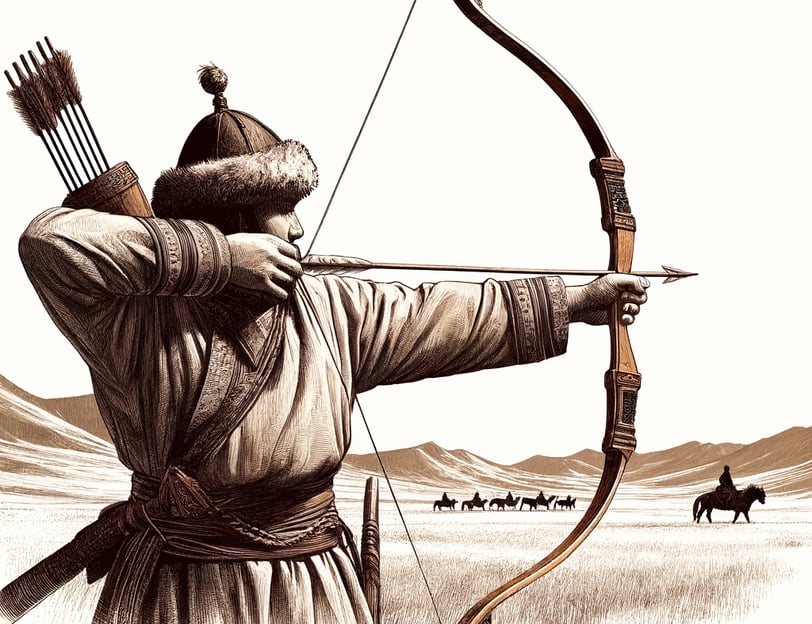

Historical Background
Originating in the steppes of Central Asia, the composite bow was used by various nomadic tribes, including the Mongols, who mastered its use for both hunting and warfare. Its design and effectiveness were instrumental in the expansion of the Mongol Empire.
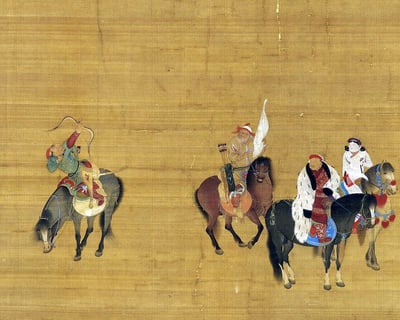

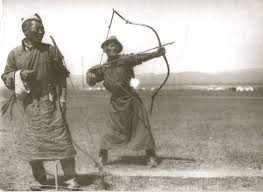

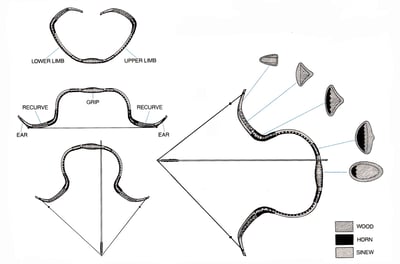

Design and Functionality
Originating in the steppes of Central Asia, the composite bow was used by various nomadic tribes, including the Mongols, who mastered its use for both hunting and warfare. Its design and effectiveness were instrumental in the expansion of the Mongol Empire.
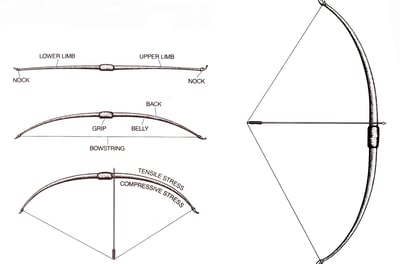

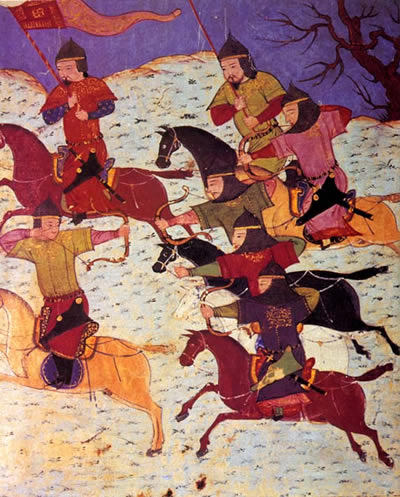

Tactical Impact
The composite bow’s range and accuracy enabled Mongol archers to dominate in open combat. Its ability to shoot rapidly while on horseback disrupted enemy formations long before they could engage in close combat.
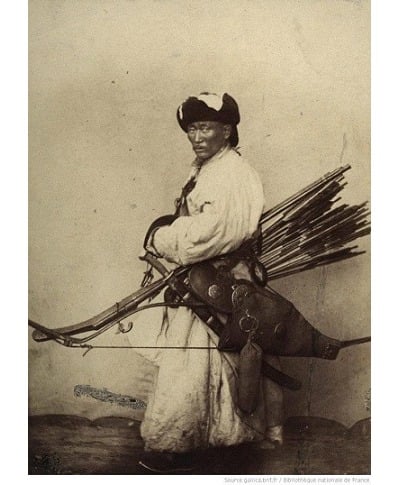

Advantages
High mobility: Its light weight and compact size were perfect for horseback riding.
Powerful shot: Despite its size, it could deliver long-range shots with significant power.


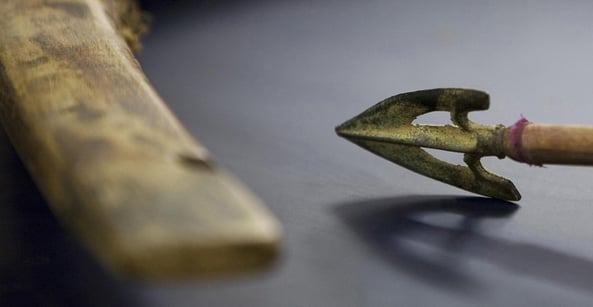

Limitations
Complex craftsmanship: The bow required intricate, time-consuming techniques to build.
Maintenance: It was sensitive to weather conditions and required regular care to maintain its integrity.
Conclusion
The Mongolian composite bow is a testament to the ingenuity and strategic thinking of ancient Mongolian cultures. It underscores the importance of adapting technology to specific environmental and tactical needs.
Statement Regarding Image Sources
Some of the images in this blog are sourced from Wikipedia, used in accordance with their Creative Commons licensing. We appreciate the rich resources provided by the Wikipedia community. Please feel free to contact us with any questions.
